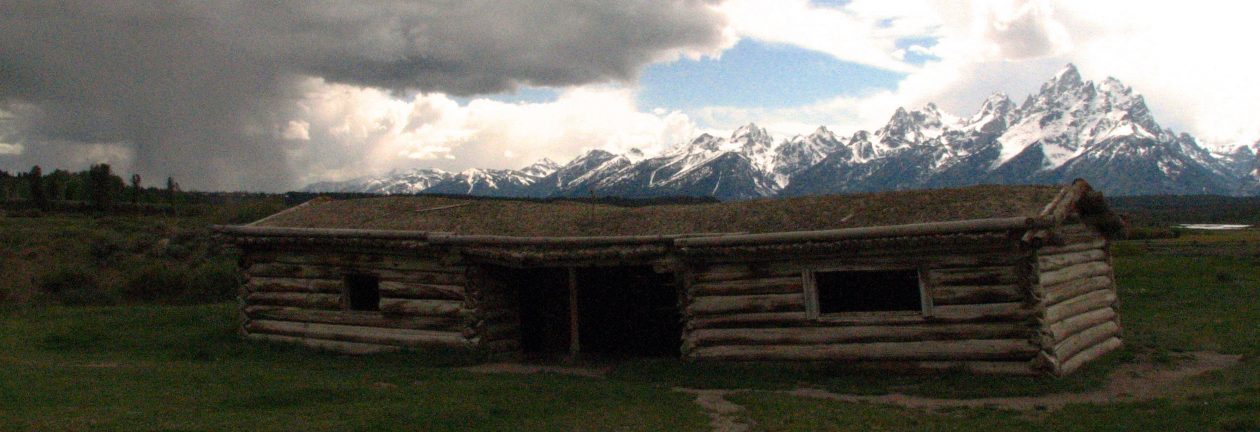THIRTY-THIRD MOVEMENT: TURKEY
Istanbul, Turkey
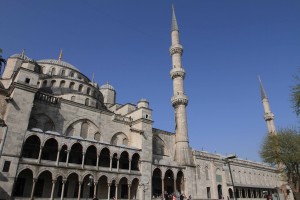
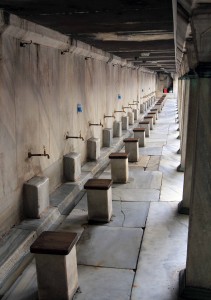
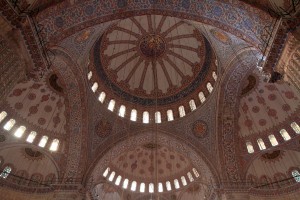
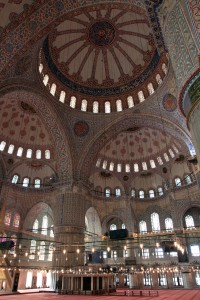
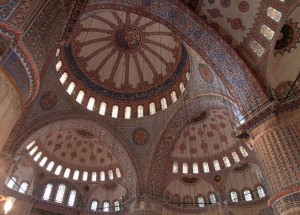
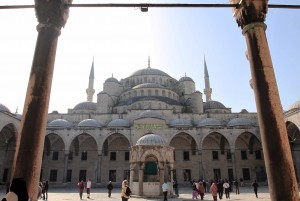
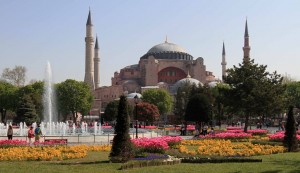
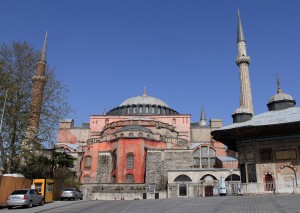
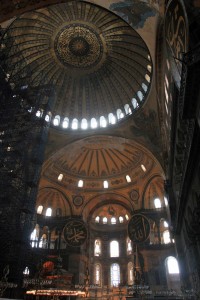
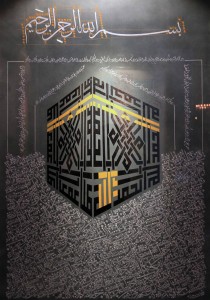
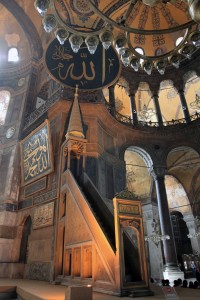
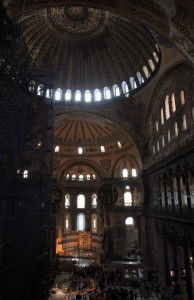
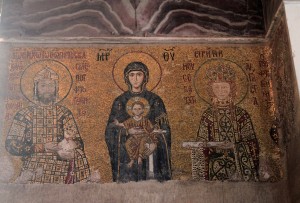
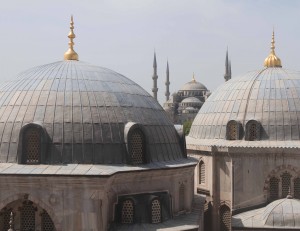
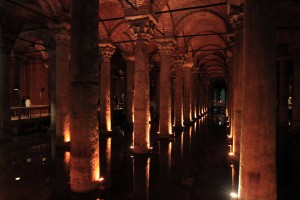
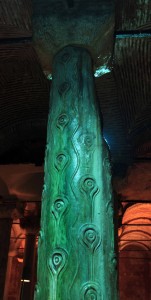
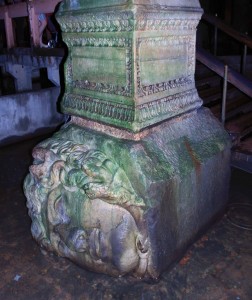
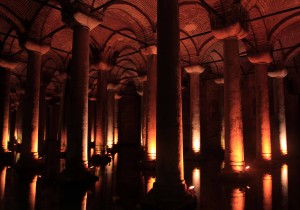
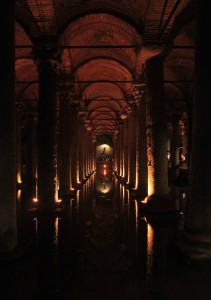
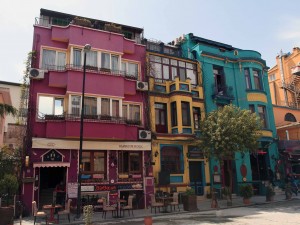
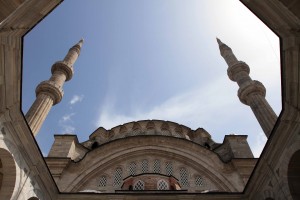
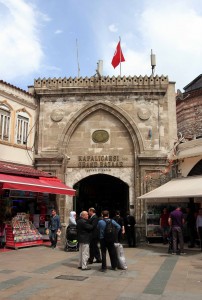
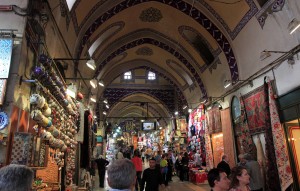
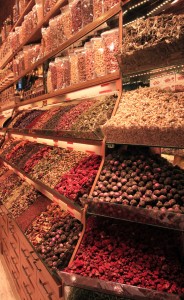
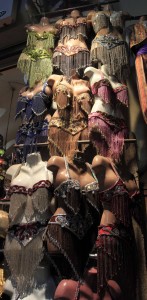
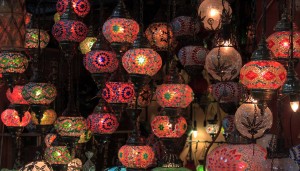
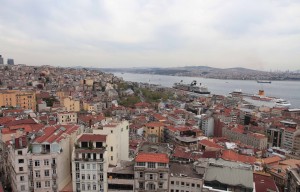
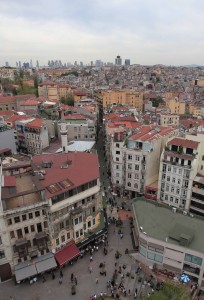
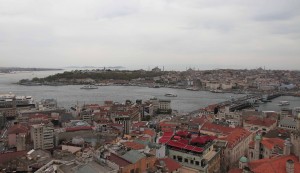
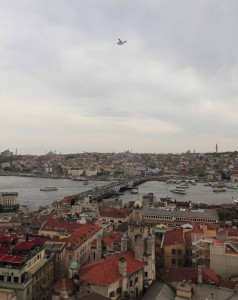
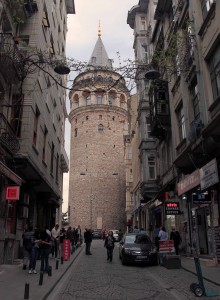
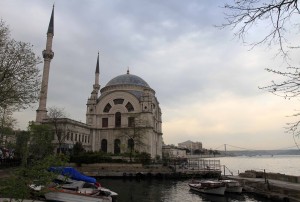
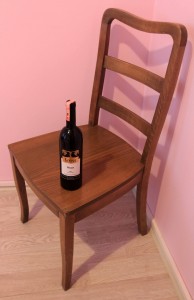
I woke up as the bus rolled through Istanbul and soon after we reached the main bus terminal at 04:50 (just in time for the first call to prayer of the day). After exiting the bus and grabbing my bags, I walked to the metro station, which did not open until 06:00. I then found an ATM and withdrew enough cash for the metro ticket and to pay for my private room in the hostel I booked yesterday. I then waited around until the metro station opened up and I rode the metro train to the Aksaray Metro Station; from there, I exited the station and walked to the nearby tram station and rode the tram through Istanbul, passing by many of the major sites (the Blue Mosque, Hagia Sophia, and Topkapi Palace), to the terminal station: Kabataş. From there, I walked north along Meclis-i-Mebusan Street, next to the Bosporus Strait, past Dolmabahçe Palace, and to the Beşiktaş District; I then found the hostel, after walking for twenty-five minutes, and checked-in; the private room was empty, so I was able to put my bags in the room and get ready to see Istanbul, even though I had only had two hours of sleep and was terribly exhausted. With my camera and tripod, I then exited the hostel, walked back to the Kabataş Tram Stop, and rode the tram to Sultanahmet Square. I then walked to the Blue Mosque (the actual name is the “Sultan Ahmed Mosque”) and saw the Obelisk of Theodosius, the Serpent Column, and the Walled Obelisk outside of the mosque’s walls. I then entered inside the Blue Mosque, which was built in 1616 AD on the site of the palace of the Byzantine emperors and across from Hagia Sophia. I walked around the inside of the mosque, marveling at the architecture and beautiful domed ceiling; then I walked around the courtyard before crossing Sultanahmet Square and walking to Hagia Sophia. After exploring the surrounding area around Hagia Sophia, I bought my entrance ticket and entered inside the old cathedral (it was an Eastern Orthodox Cathedral (537-1204 AD), a Roman Catholic Cathedral (1204-1261 AD), an Eastern Orthodox Cathedral again (1261-1453 AD), a mosque (1453-1931 AD), and finally a museum), which was built in 537 AD by the Byzantine Emperor Justinian I. I explored the inside of the structure (unfortunately, a portion of it was being renovated, so I did not get a grand, pristine view of its insides) and walked around the lower and upper levels before exiting outside again. After touring Hagia Sophia, I walked to the nearby Basilica Cistern, which is the largest of several hundred ancient cisterns that lie beneath the city of Istanbul; also, the Basilica Cistern was built in the sixth-century AD by Justinian I. I entered inside the cistern and walked around the path that had been built inside to accommodate tourists; it was very cool looking, with the shallow pool of water and many columns holding the structure up; inside, I saw the two Medusa-head column bases and the Hen’s Eye column. After walking around underground, I exited the cistern and reemerged in to the daylight. I then tried to enter Topkapi Palace, but it was closed for the day. So, I walked westward to the Grand Bazaar, which is one of the largest and oldest (construction began in 1455 AD) covered markets in the world, with 61 covered streets and over 3,000 shops; it was also listed as the number one most-visited tourist attraction in the world last year (with over 91 million visitors). Just outside the Grand Bazaar, I paid a short visit to the Nuruosmaniye Mosque, which had a nice octagonal courtyard. I then entered inside the market and walked around looking at all the spice, sweets, fabric, clothing, lantern, and souvenir shops. It was a massive bazaar and had everything you’d expect in a Near/Middle Eastern market. After exploring the Grand Bazaar, I walked to the nearest tram stop and rode the tram to the Karaköy Tram Stop. From there, I walked uphill to the Galata Tower. Galata Tower is a Romanesque-style tower that was built in 1348 AD during an expansion of the Genoese colony in Constantinople; today, it offers great views of Istanbul. I entered inside the tower, paid the entrance fee, and then rode the elevator up to the top floor. I then walked around the narrow viewing area (twice), taking in all the sights the city has to offer. Once satisfied, I walked down the stairs and exited the tower. I then returned to the Karaköy Tram Stop (during some light rain) and rode the tram to Kabataş Tram Stop. From there, I walked back toward the hostel, passing by Dolmabahçe Mosque and Dolmabahçe Palace, with its clock tower. Before returning to the hostel, I stopped at a restaurant to eat dinner; I was looking through their menu (in Turkish with printed prices) when the staff brought out an English menu with laminated pages and written in prices; since I believe in fair and equal treatment and I did not want to pay more just for being a foreigner, I immediately said “no thank you” and walked to the Subway restaurant next door – I ended up buying a chicken pizzeria sub. Next, I walked to a nearby market and bought some chips, water, iced tea, and wine. I then returned to my room in the hostel, ate my dinner, and watched some web videos. I then had the bottle of Turkish dry red wine made from Öküzgözü (in Turkish: “ox eye” – on account of their large size and dark color) grapes; the wine tasted of black currants and blackberries and was all around favorable to my palate. I then went to sleep around 01:00.
